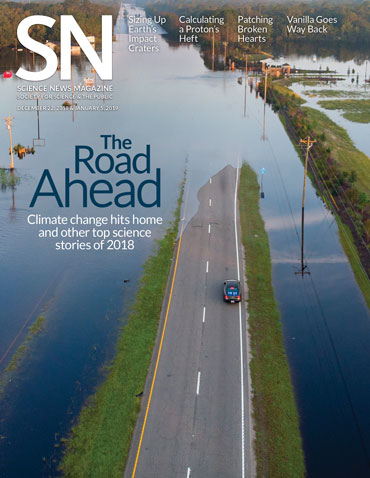Readers marvel at AI, space missions and wombat poop
Your letters and comments on the December 25, 2018 and January 5, 2019 issue of Science News
 Defining intelligence
Defining intelligence
Artificial intelligence followed fauna, diagnosed disease, mapped the moon and more in 2018, Maria Temming reported in “Artificial intelligence is mastering a wider variety of jobs than ever before” (SN: 12/22/18 & 1/5/19, p.